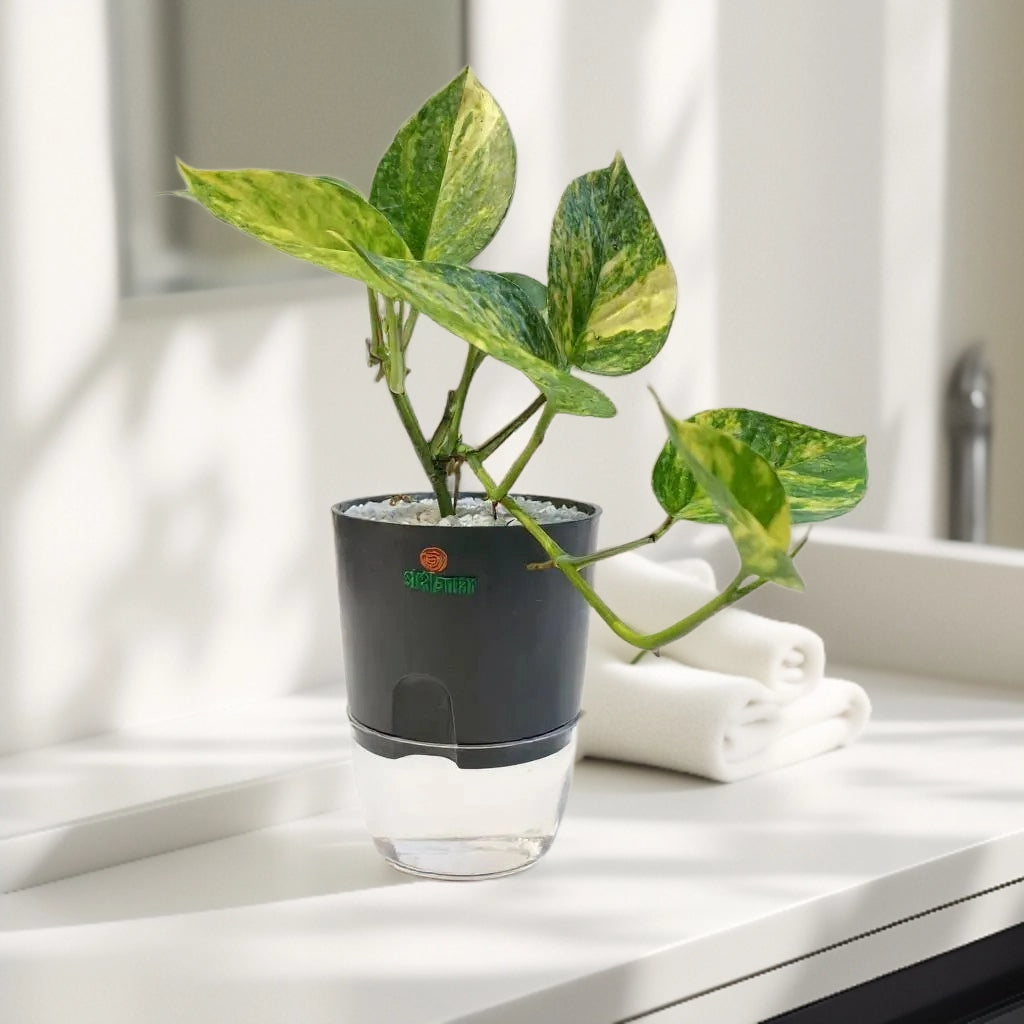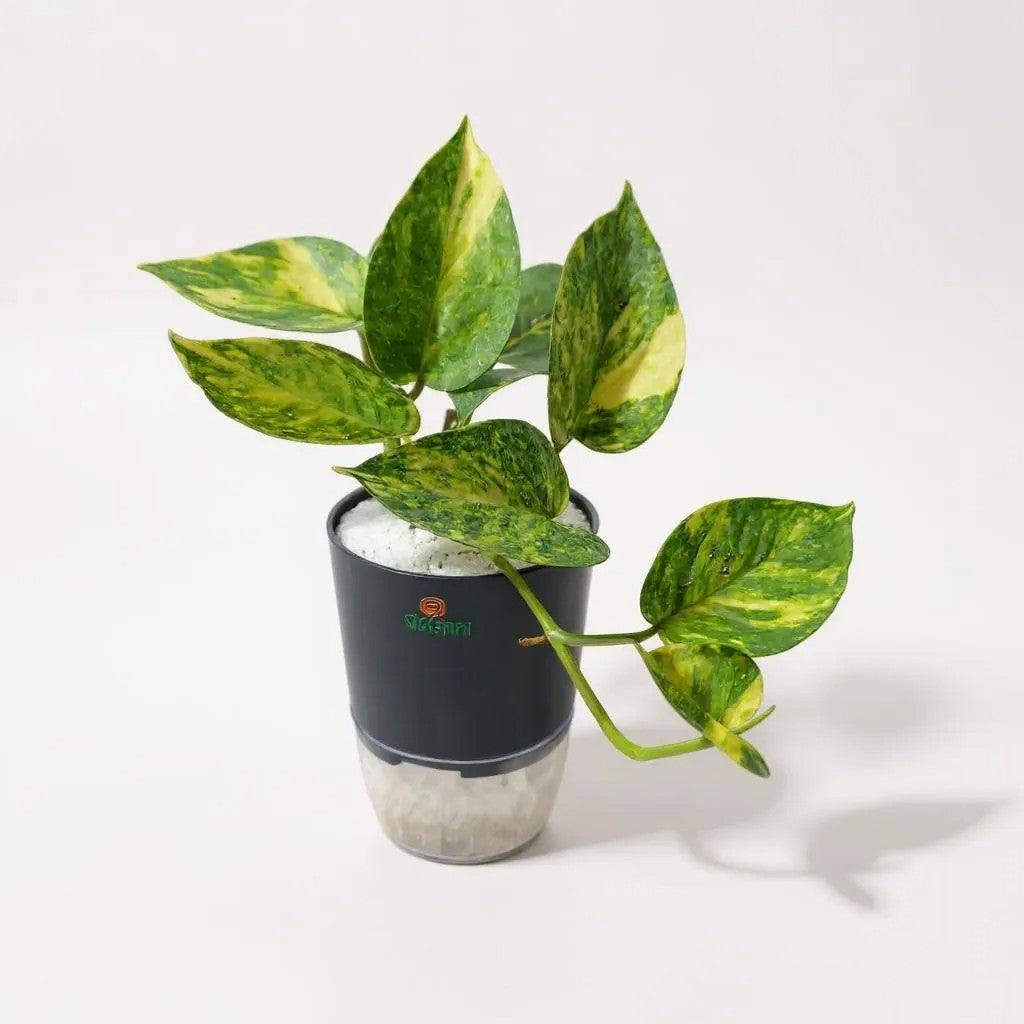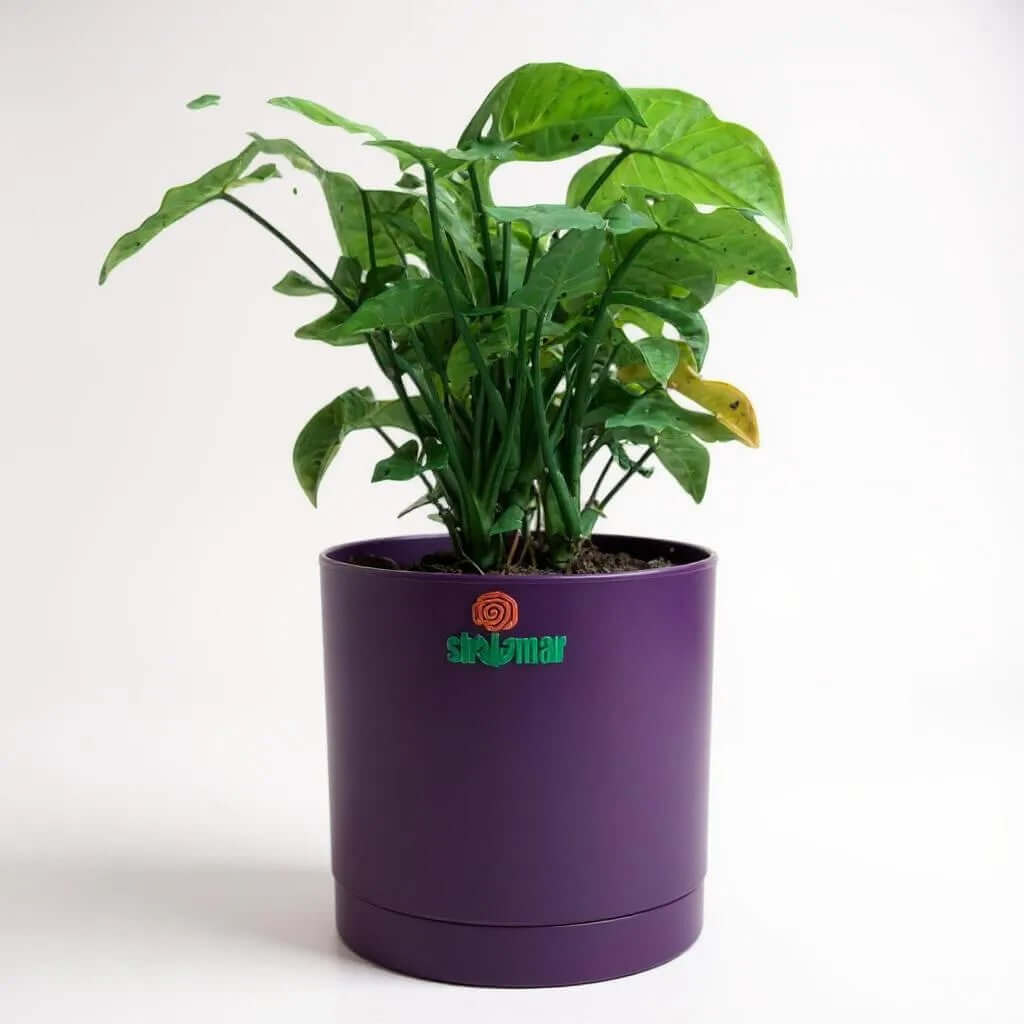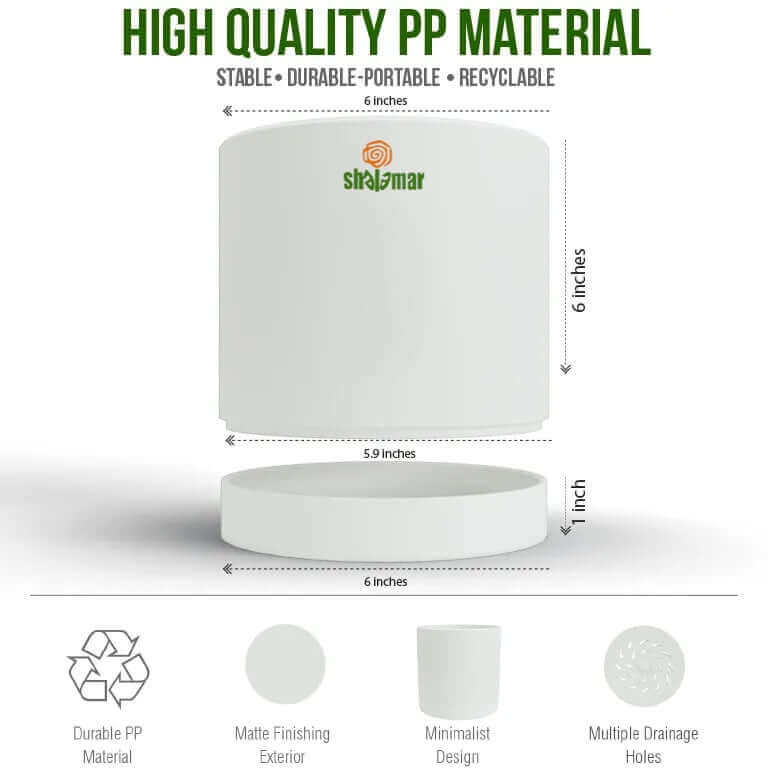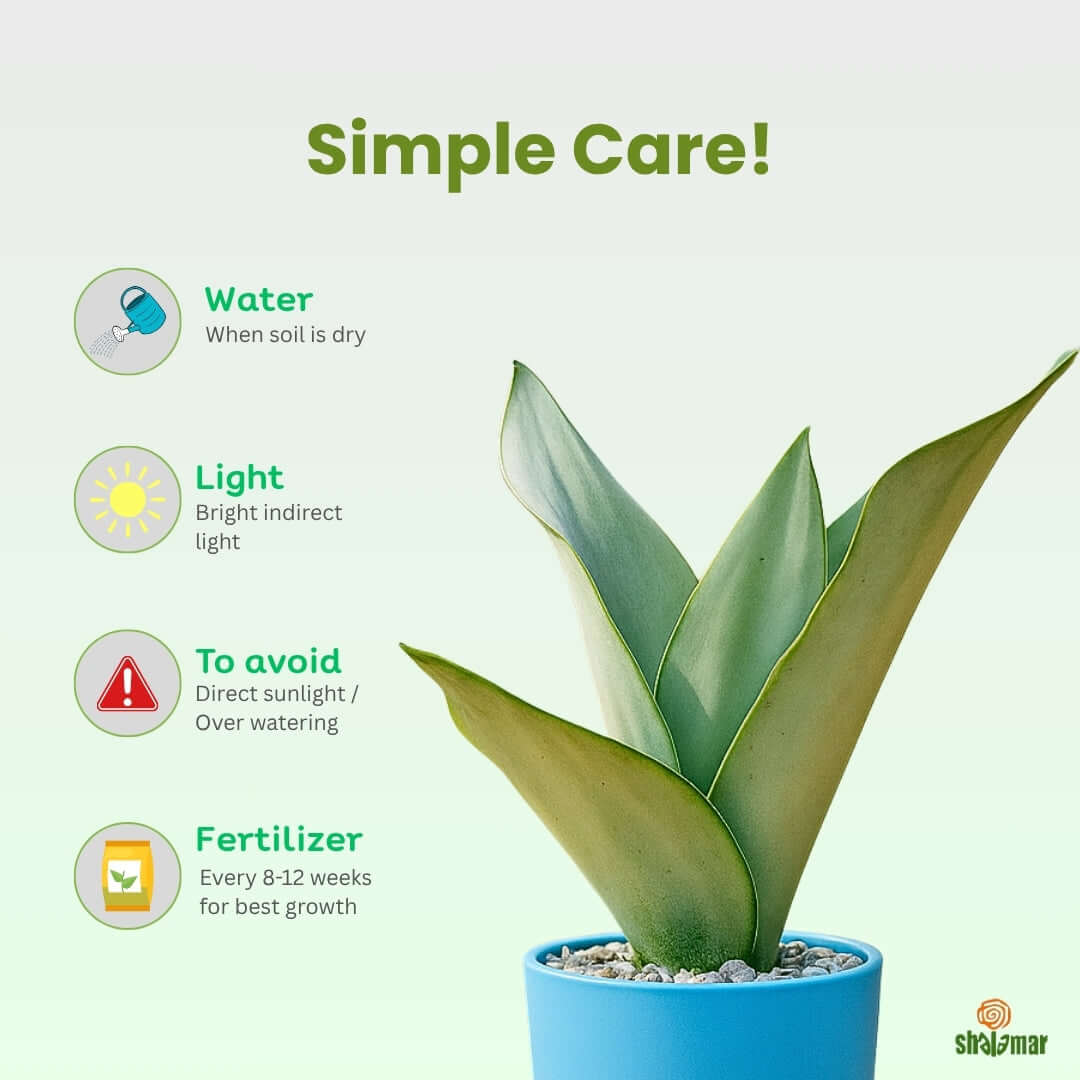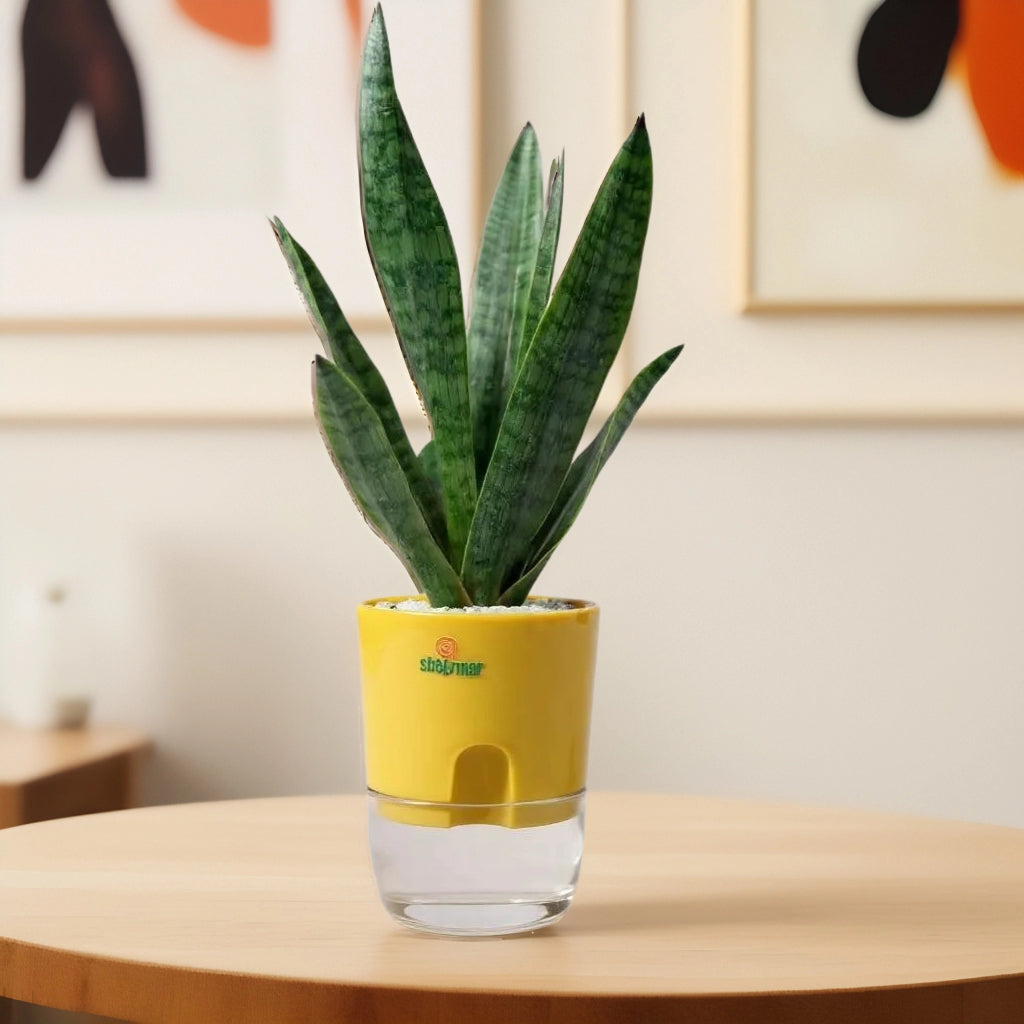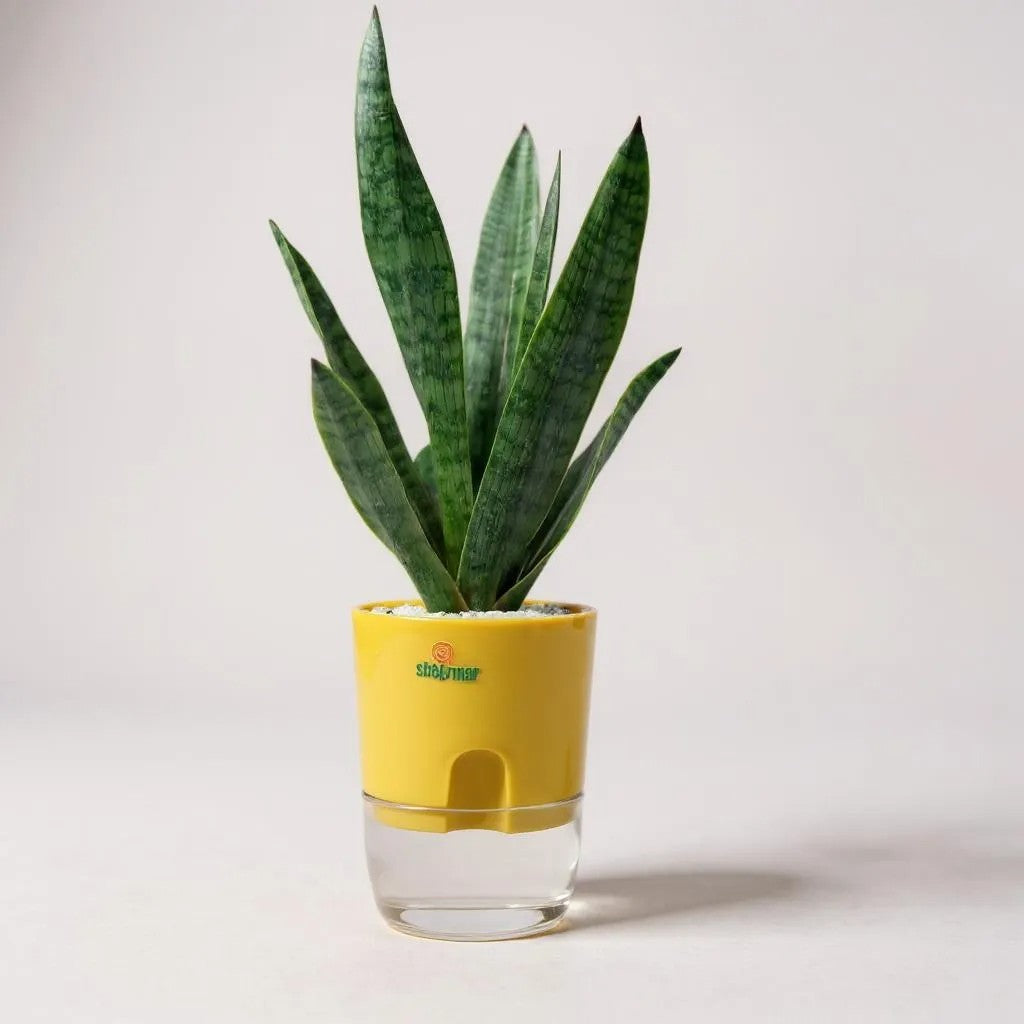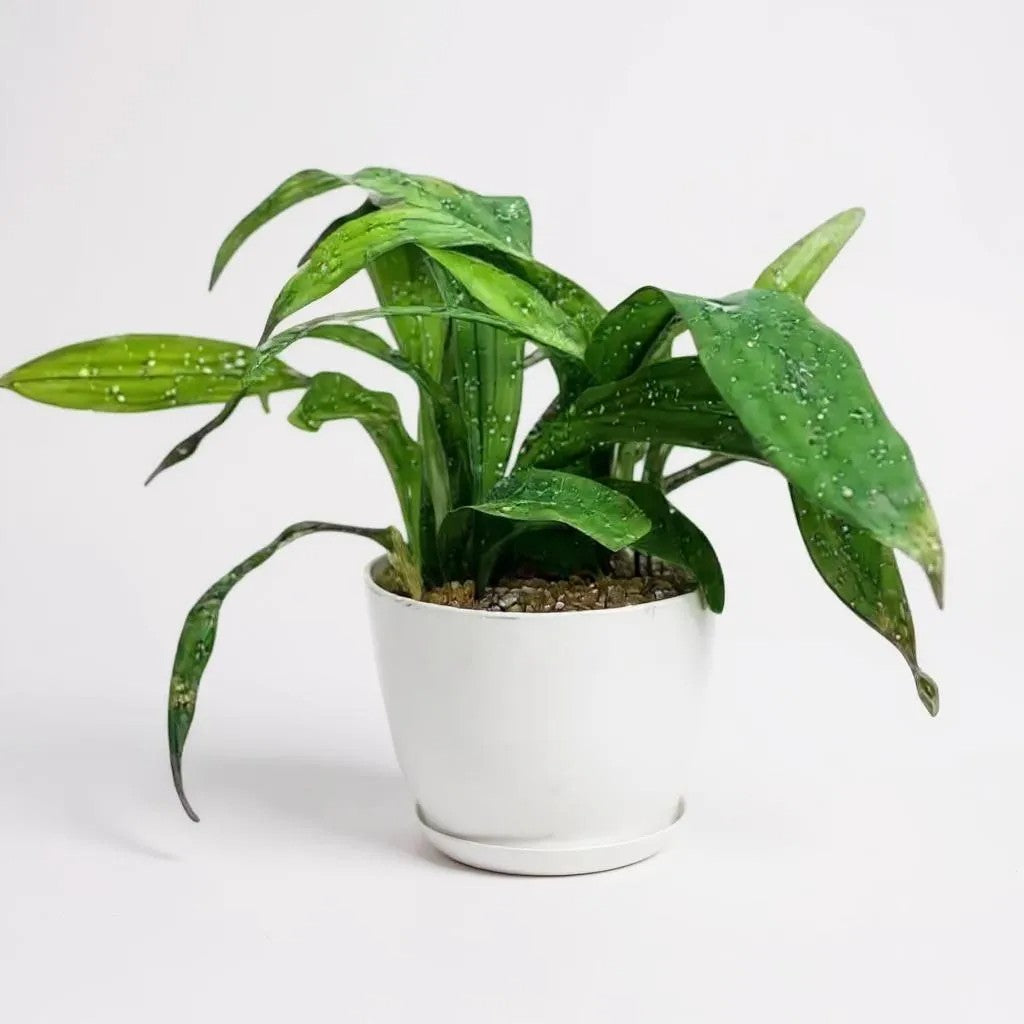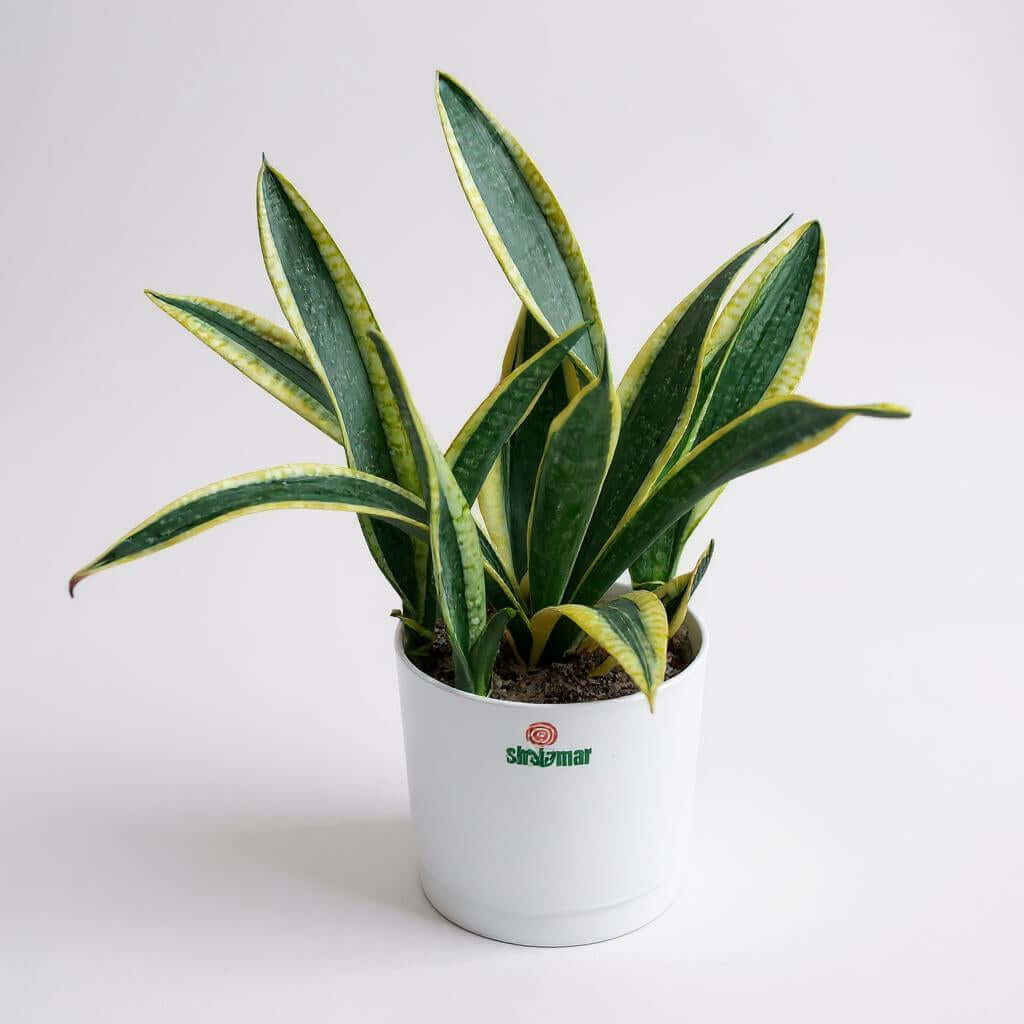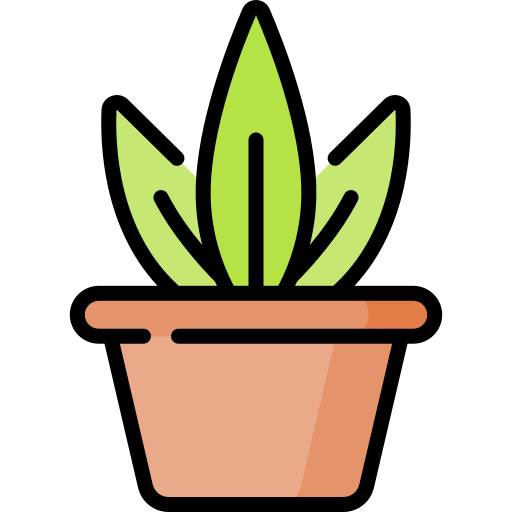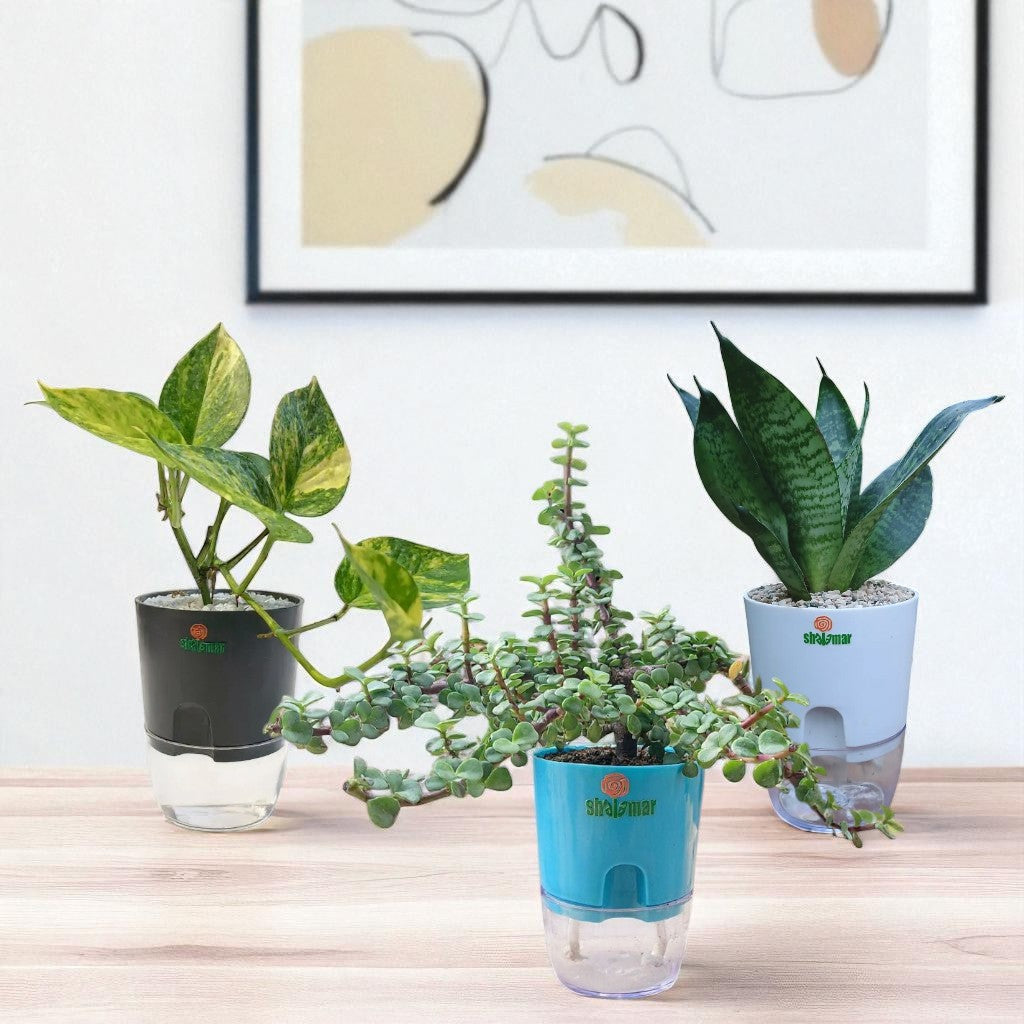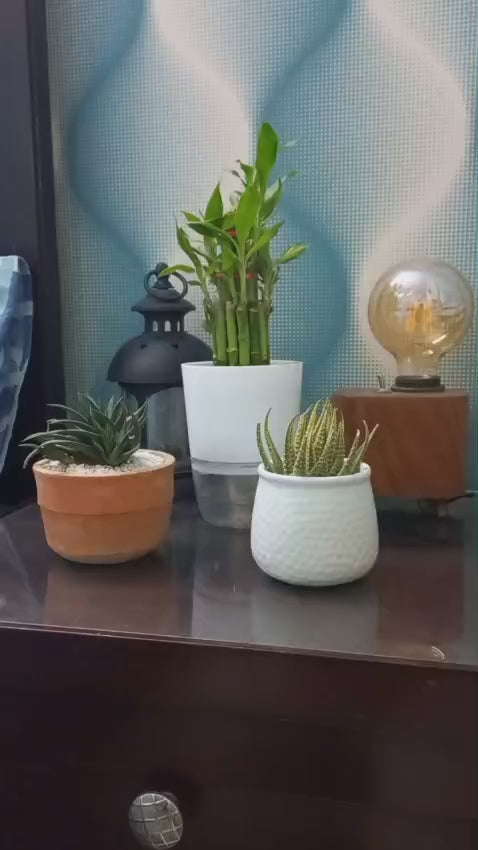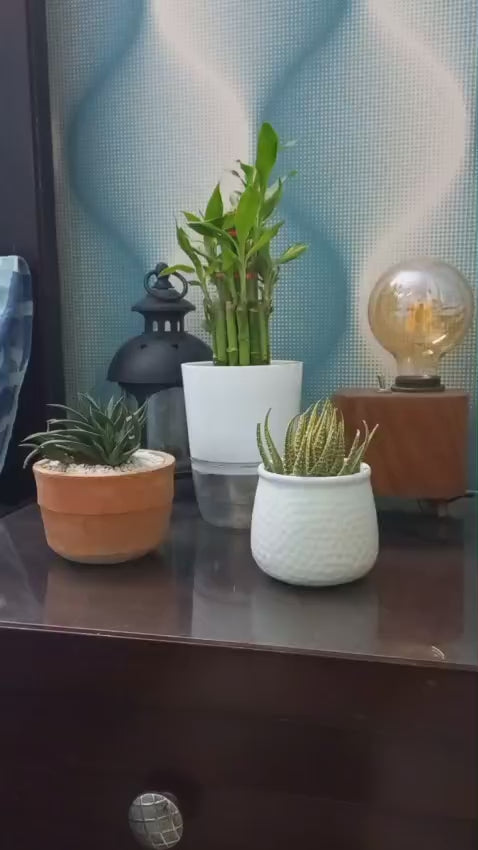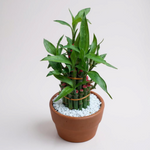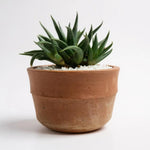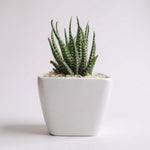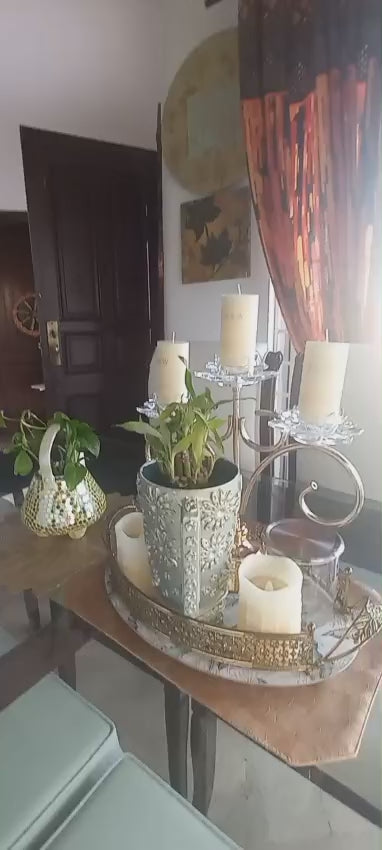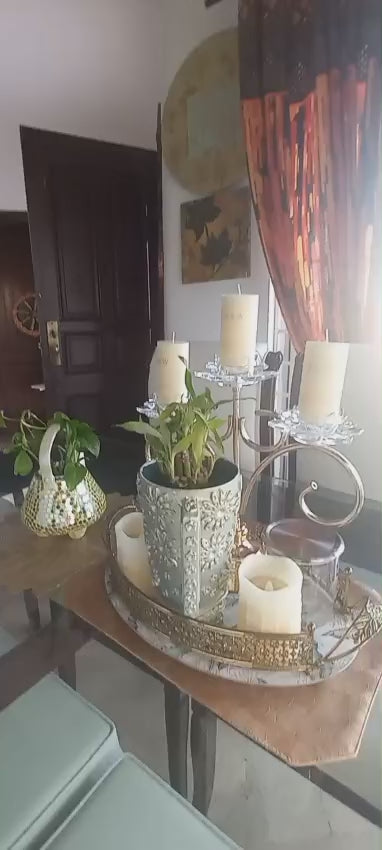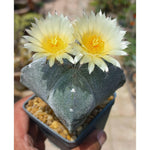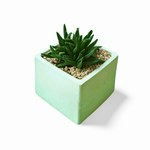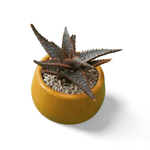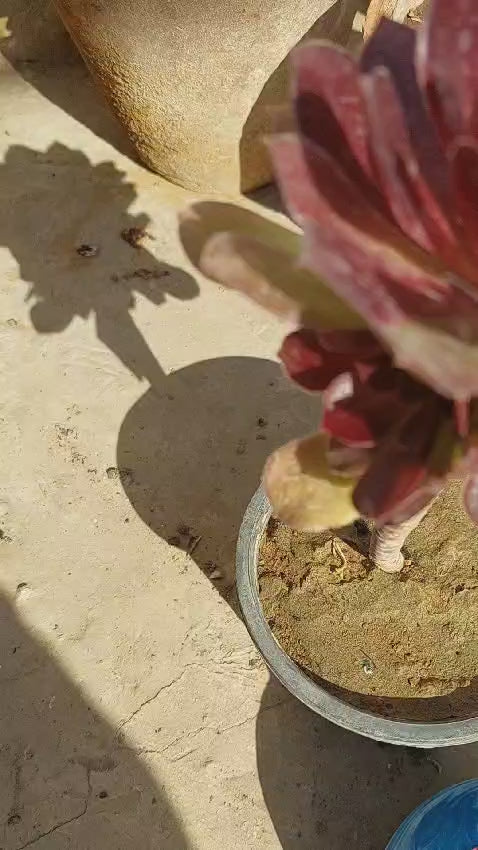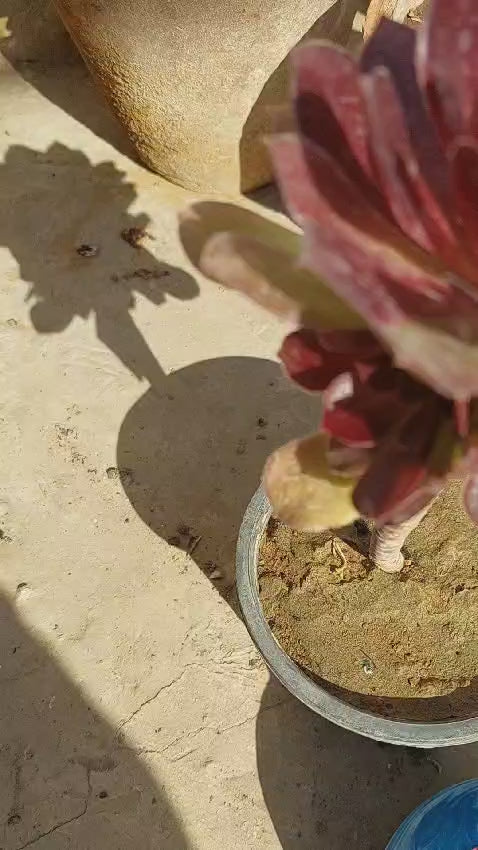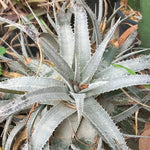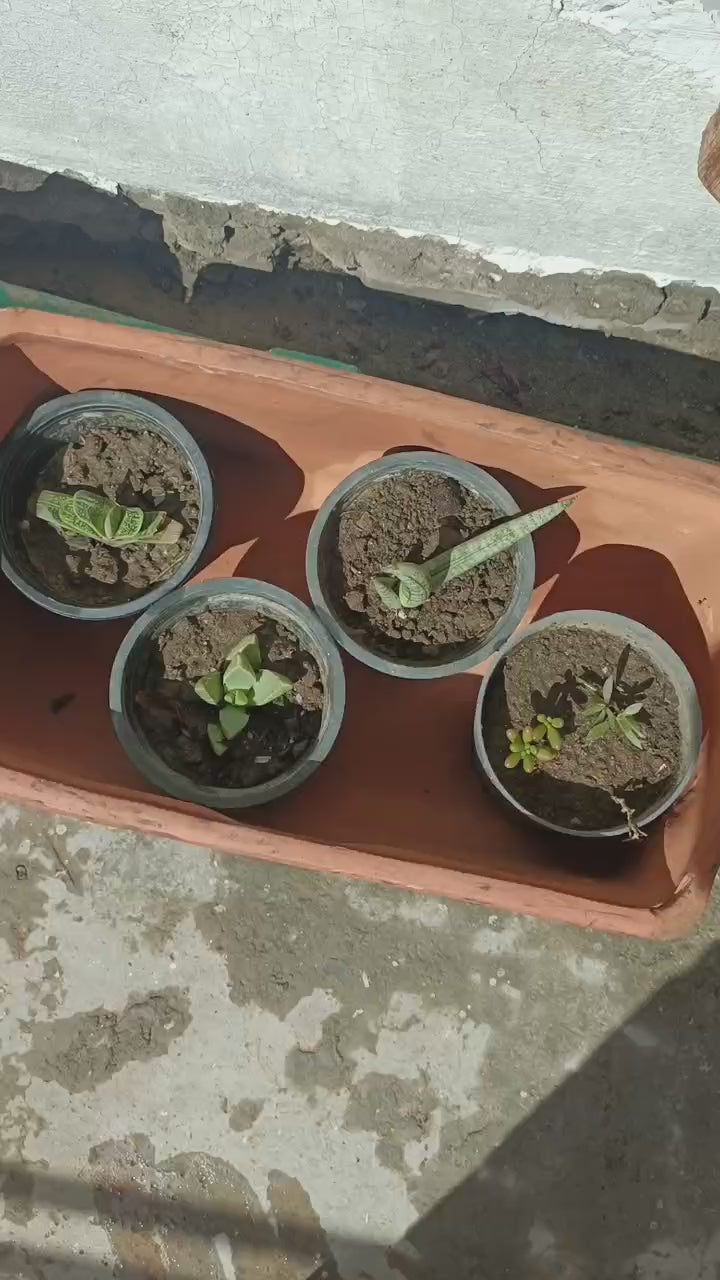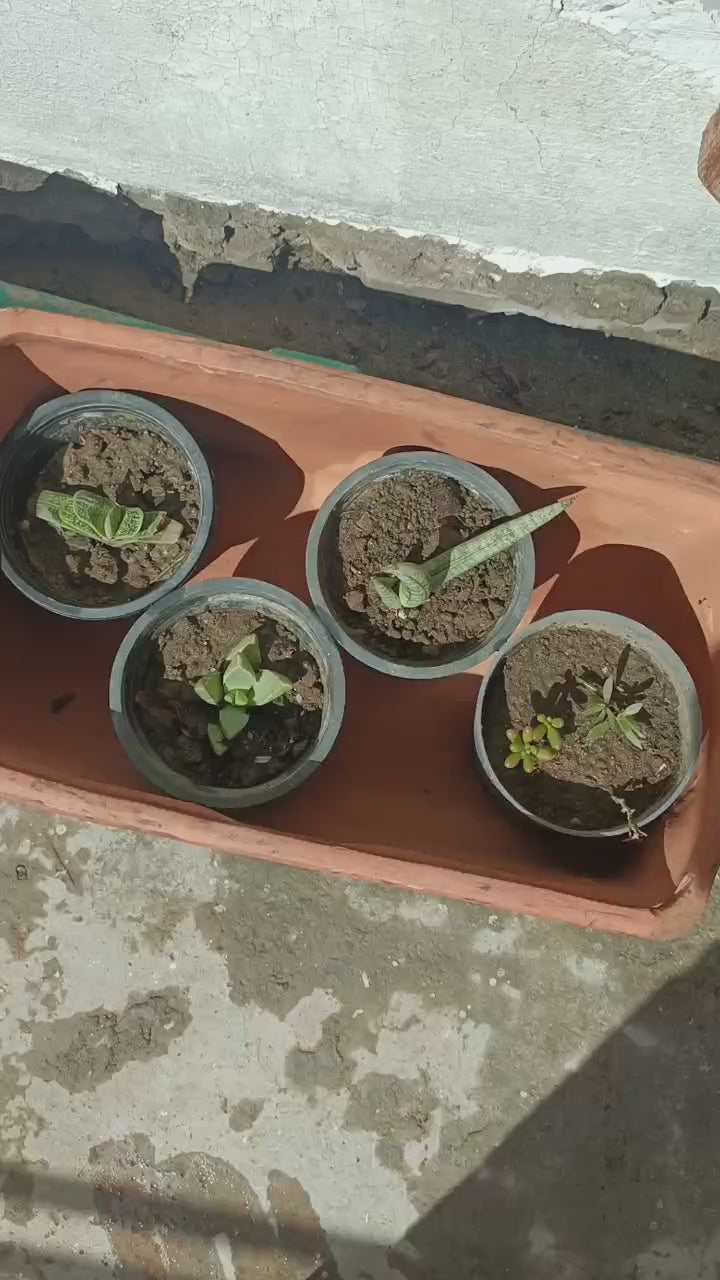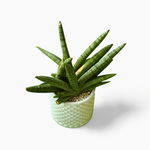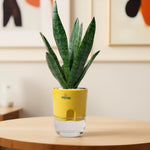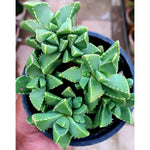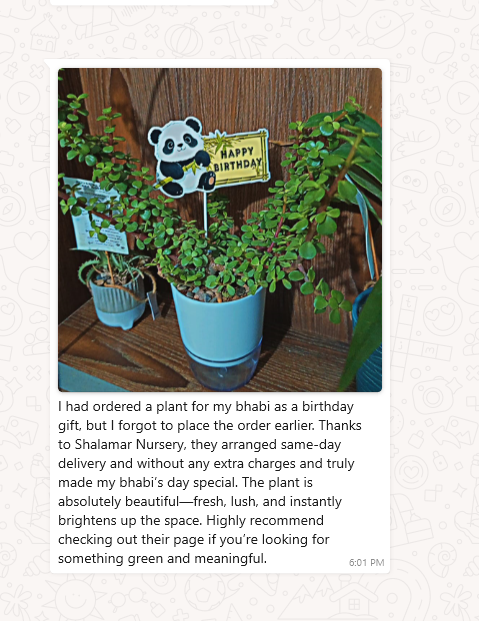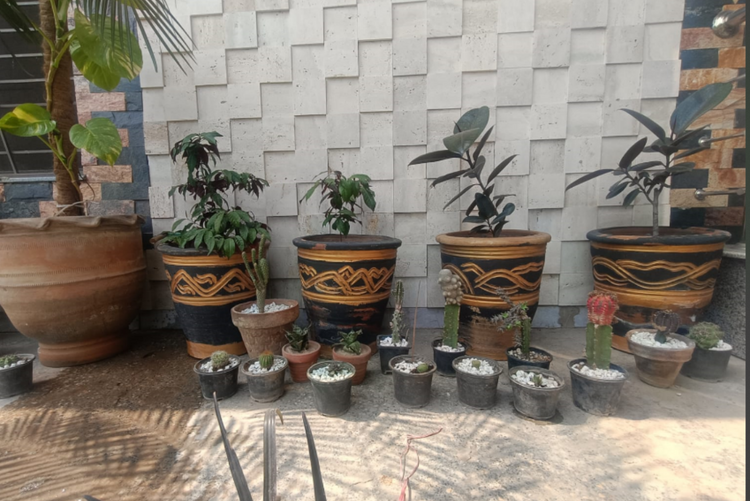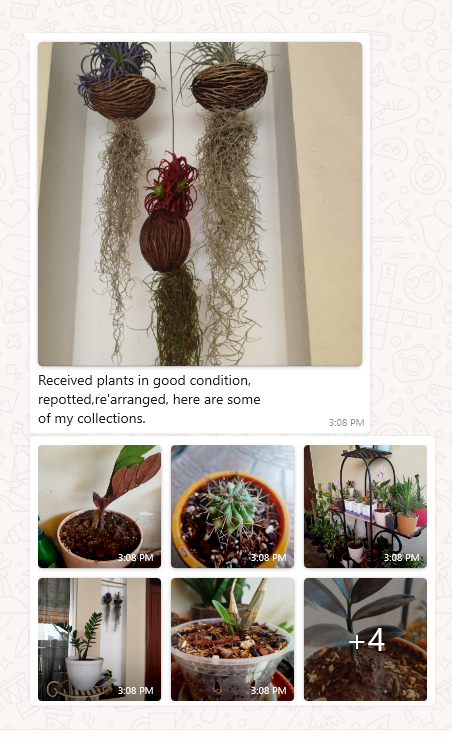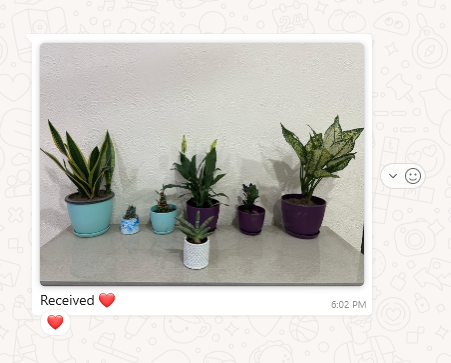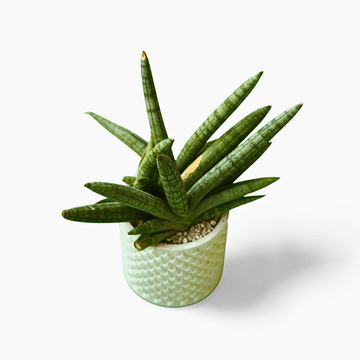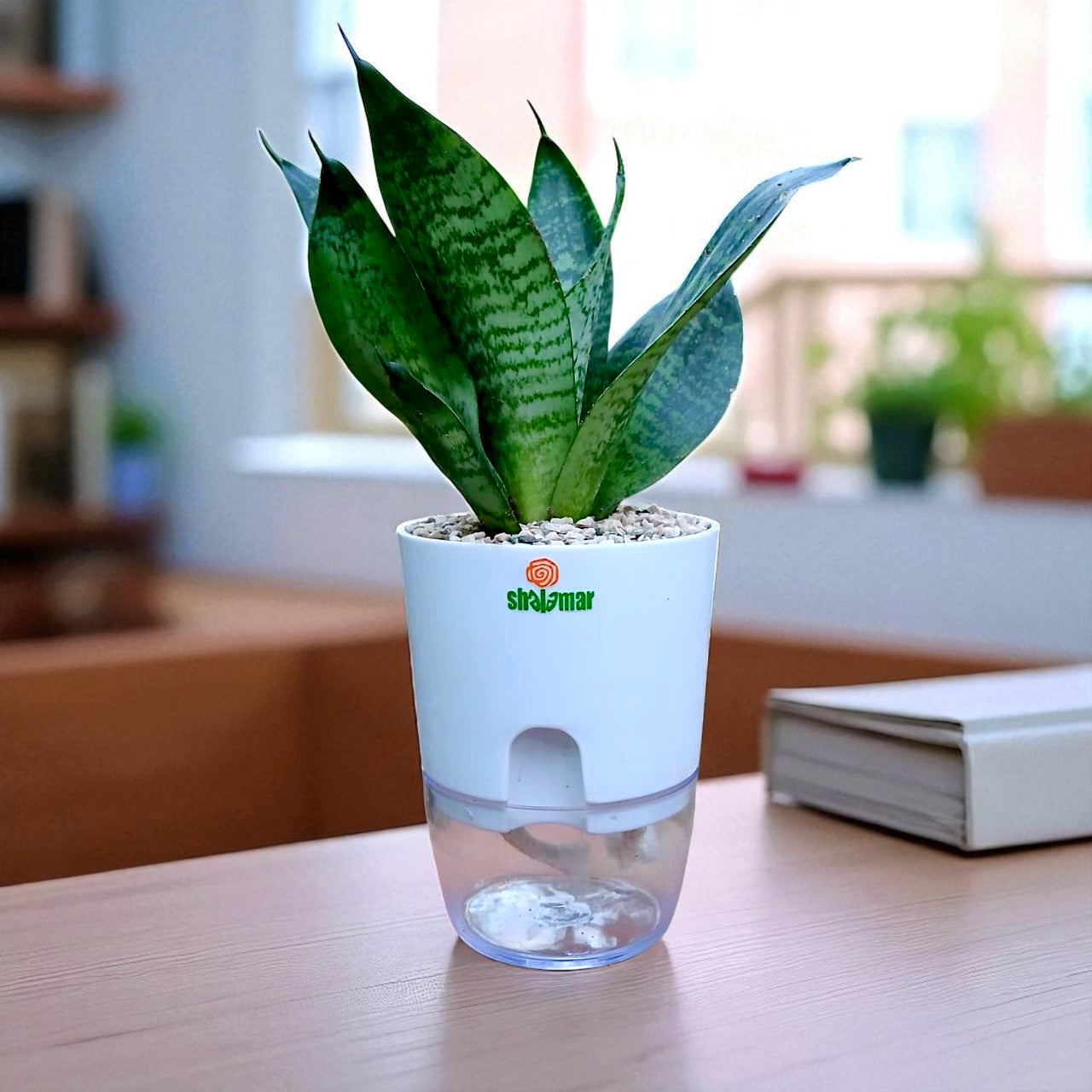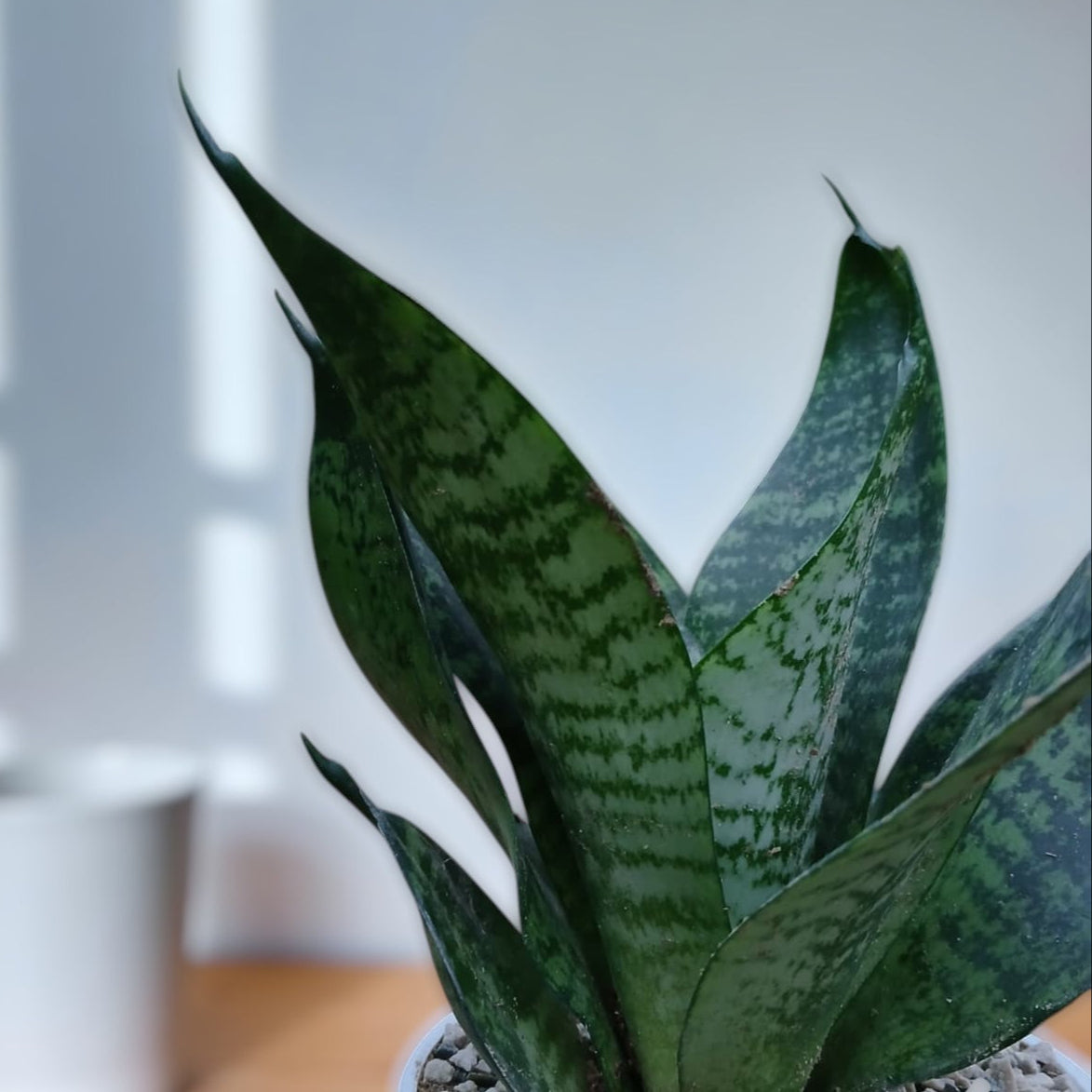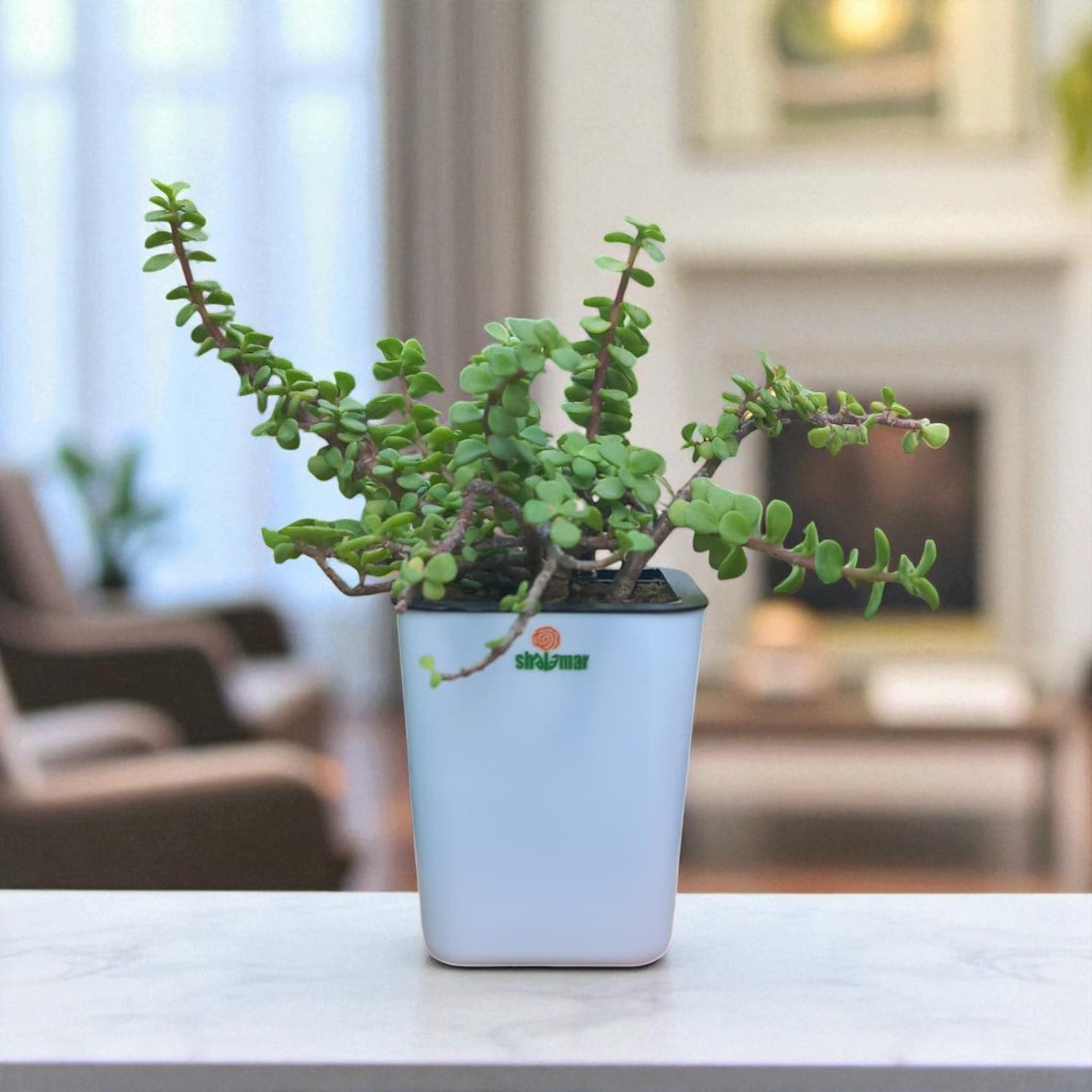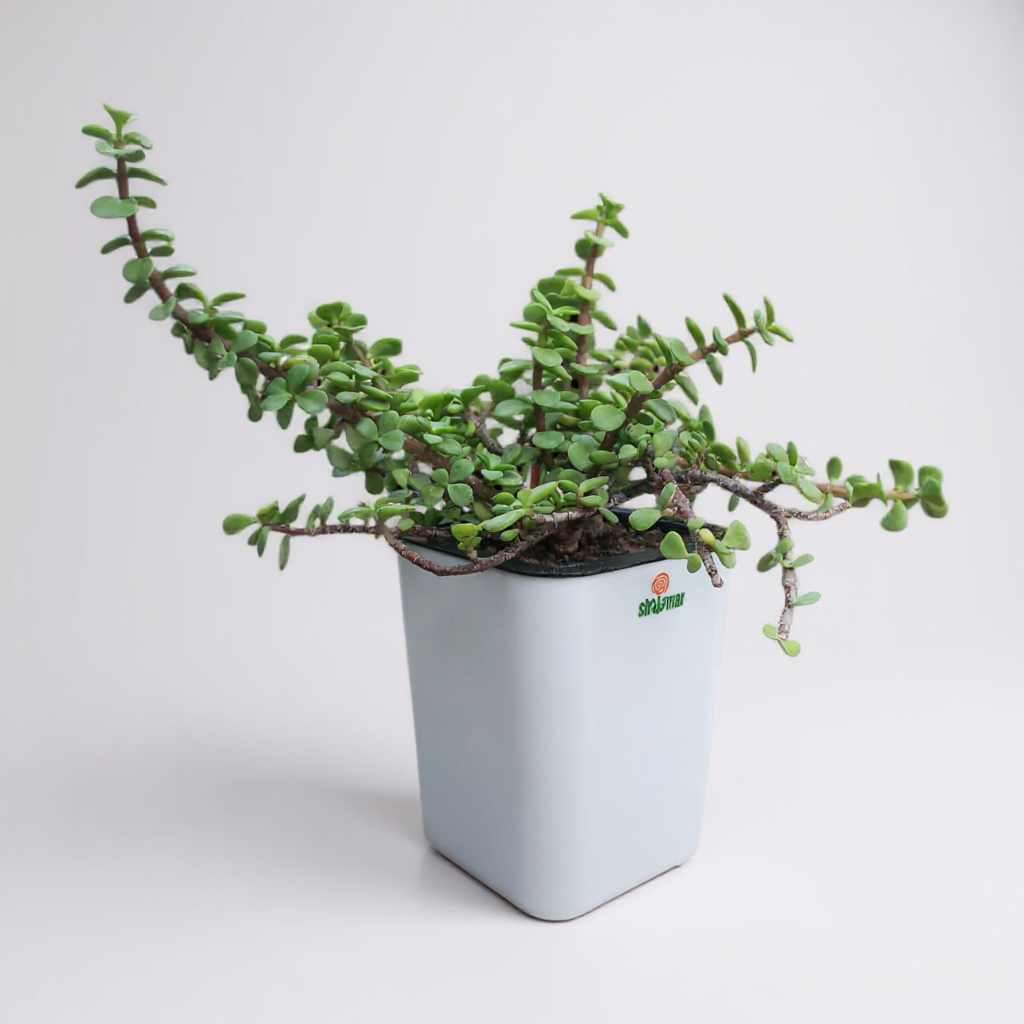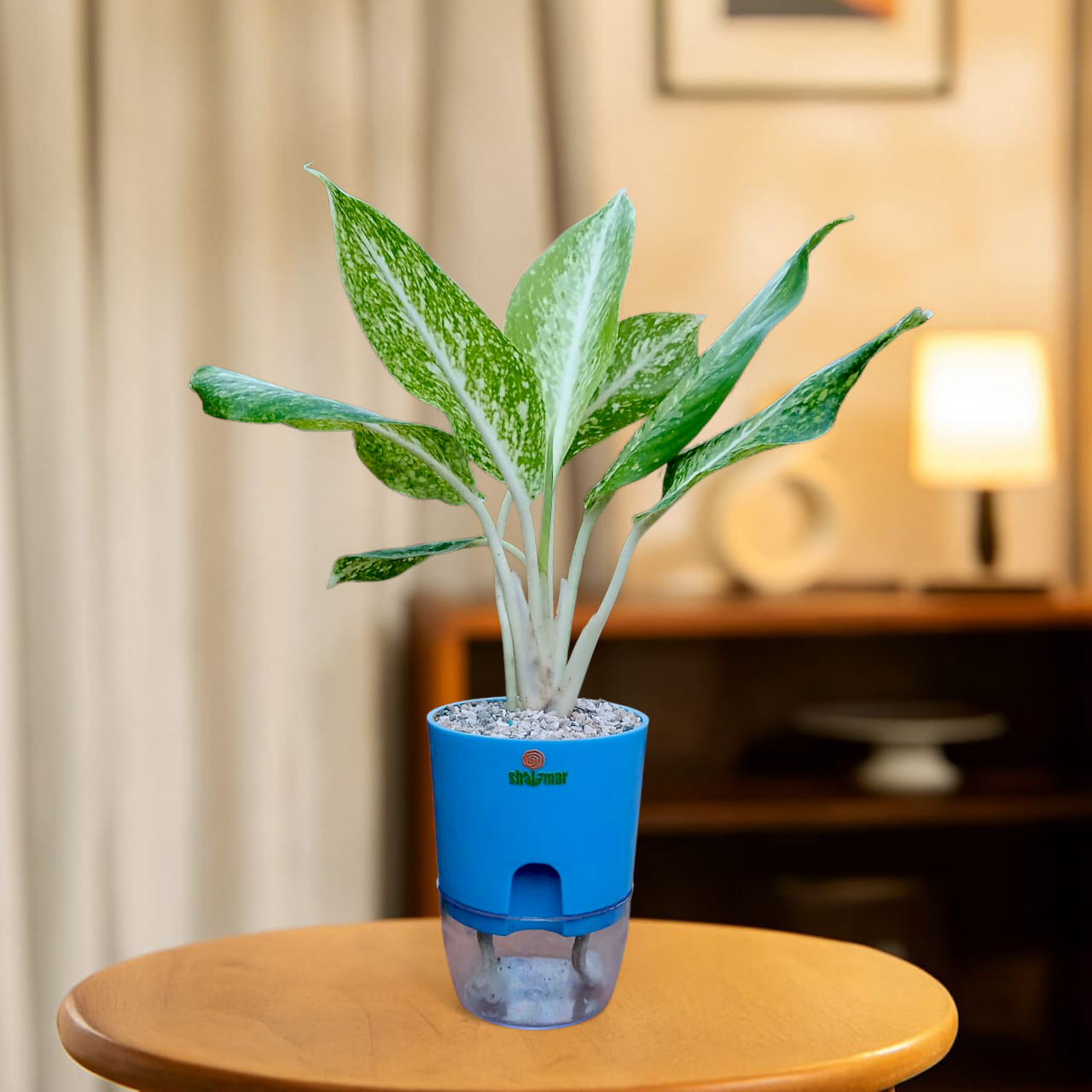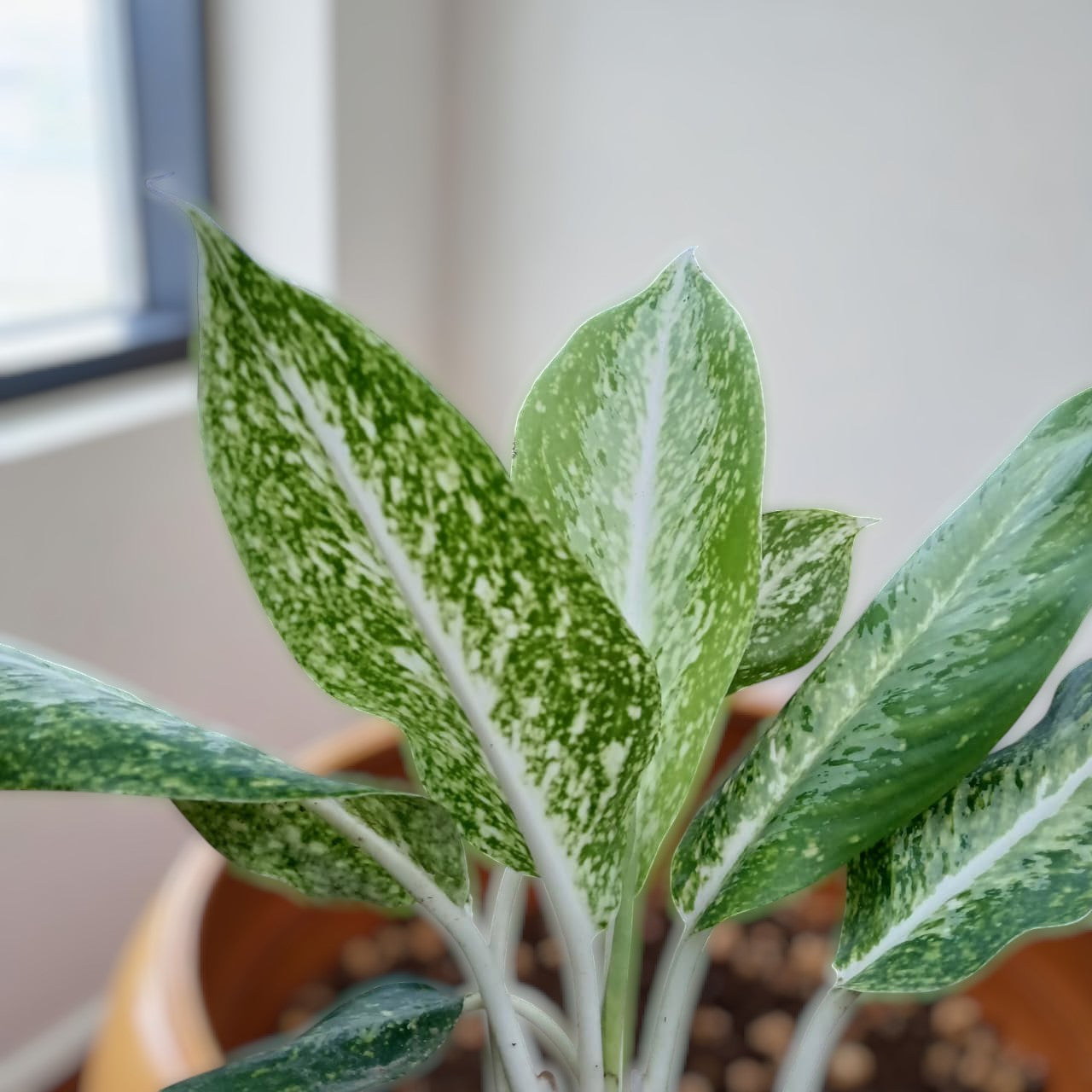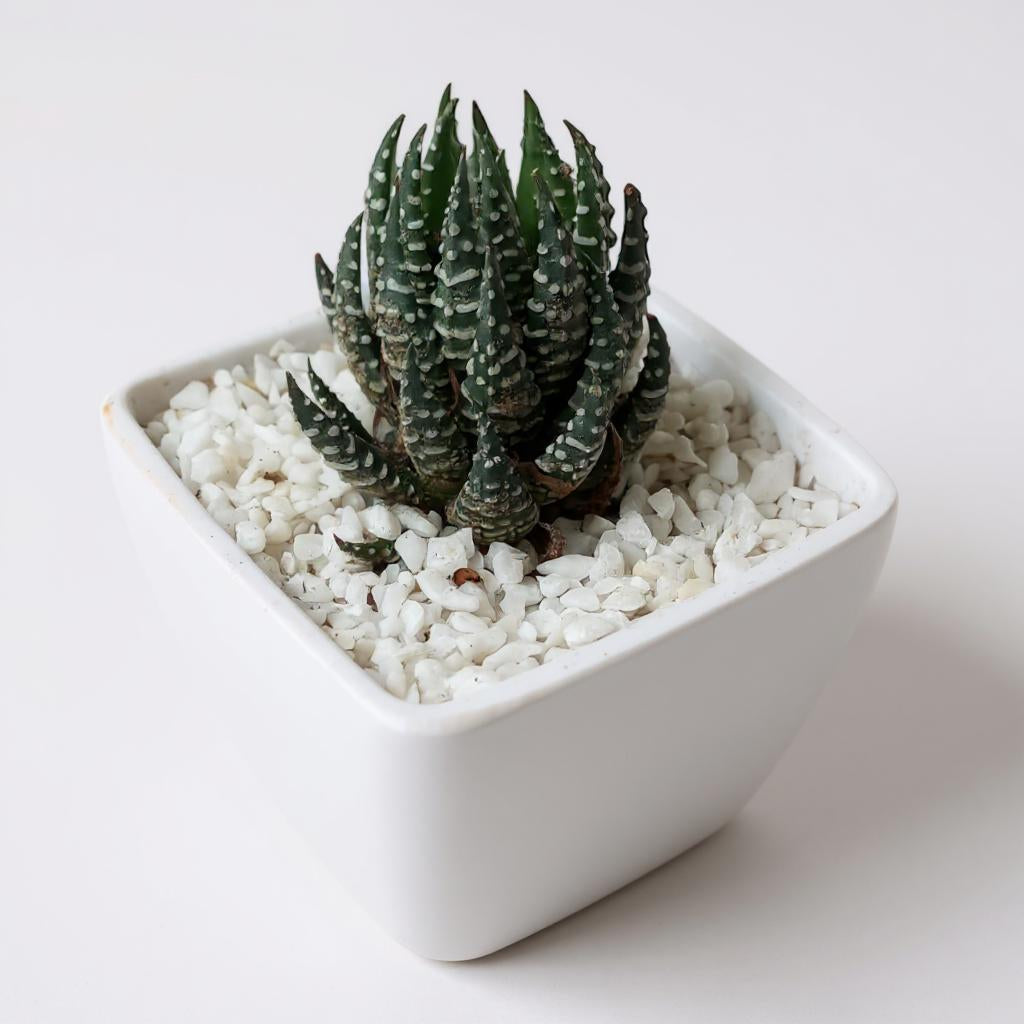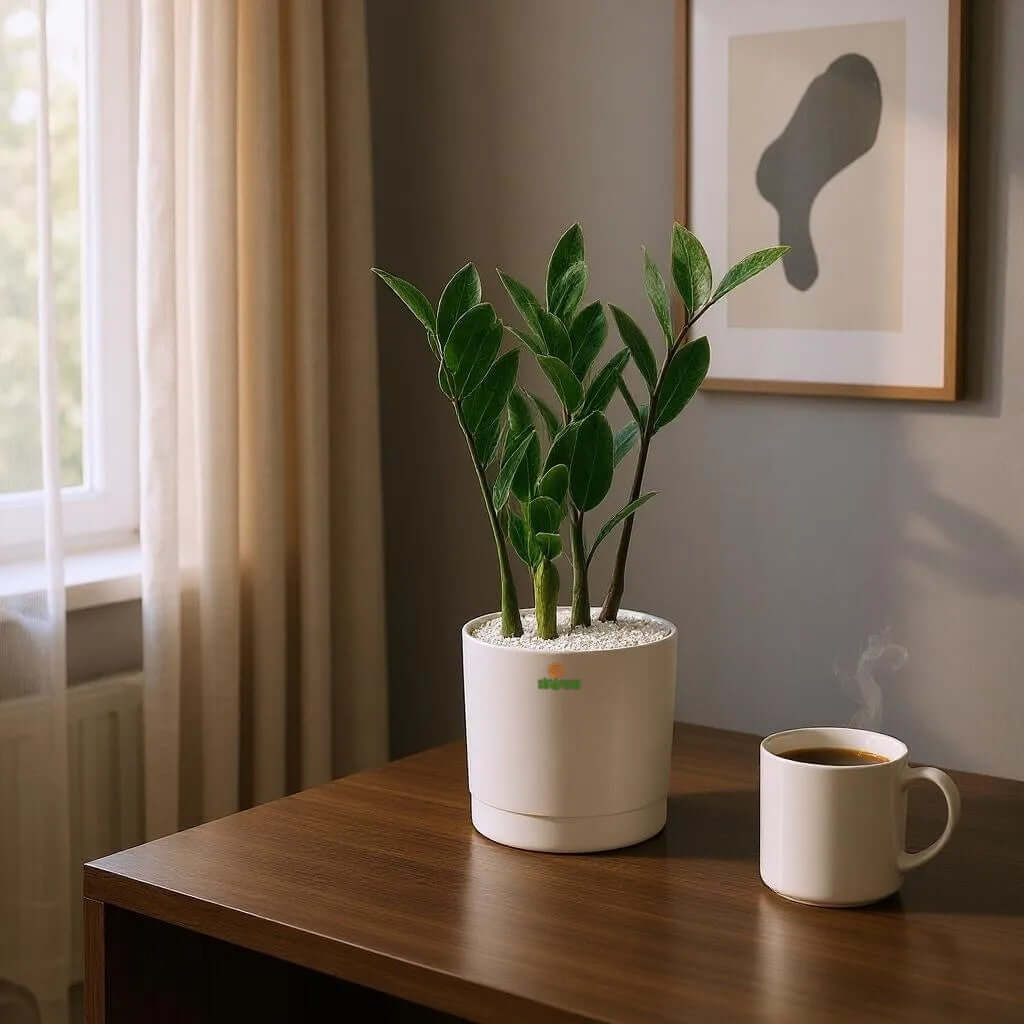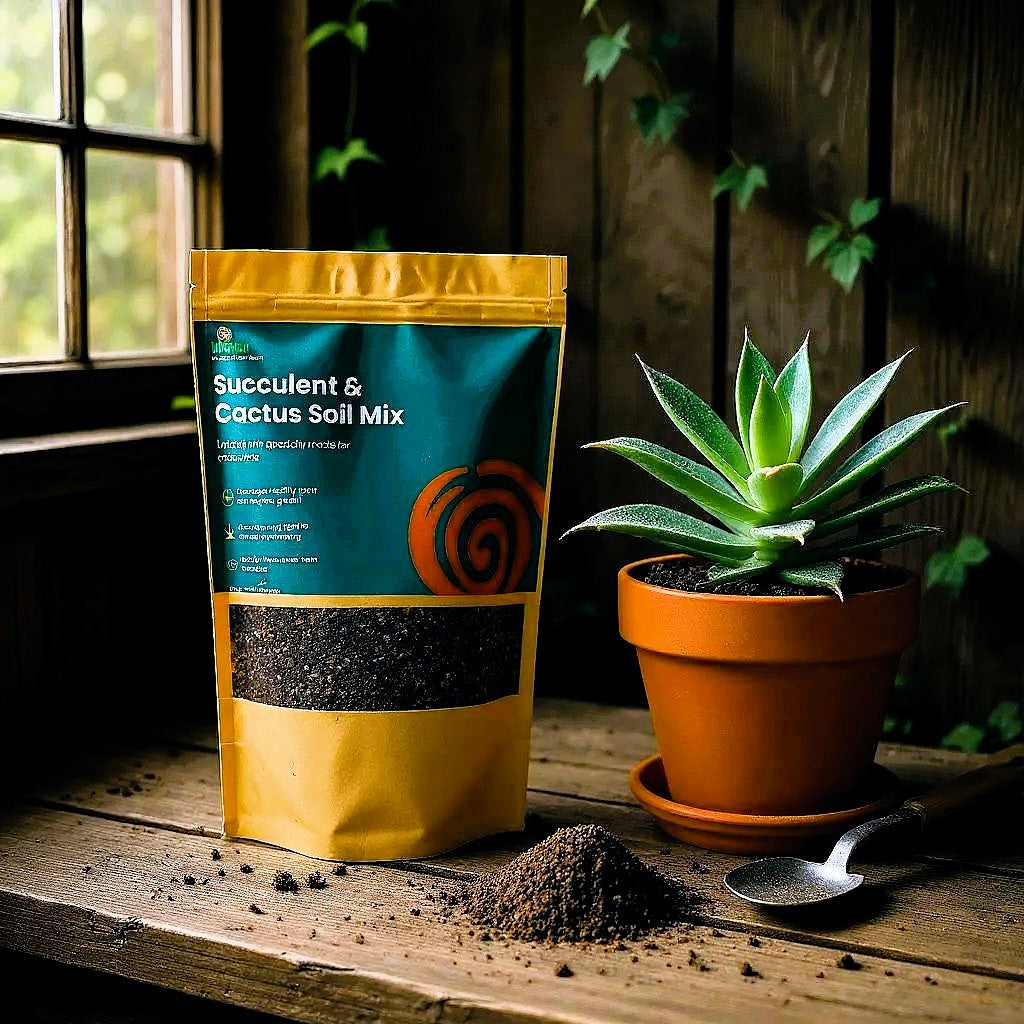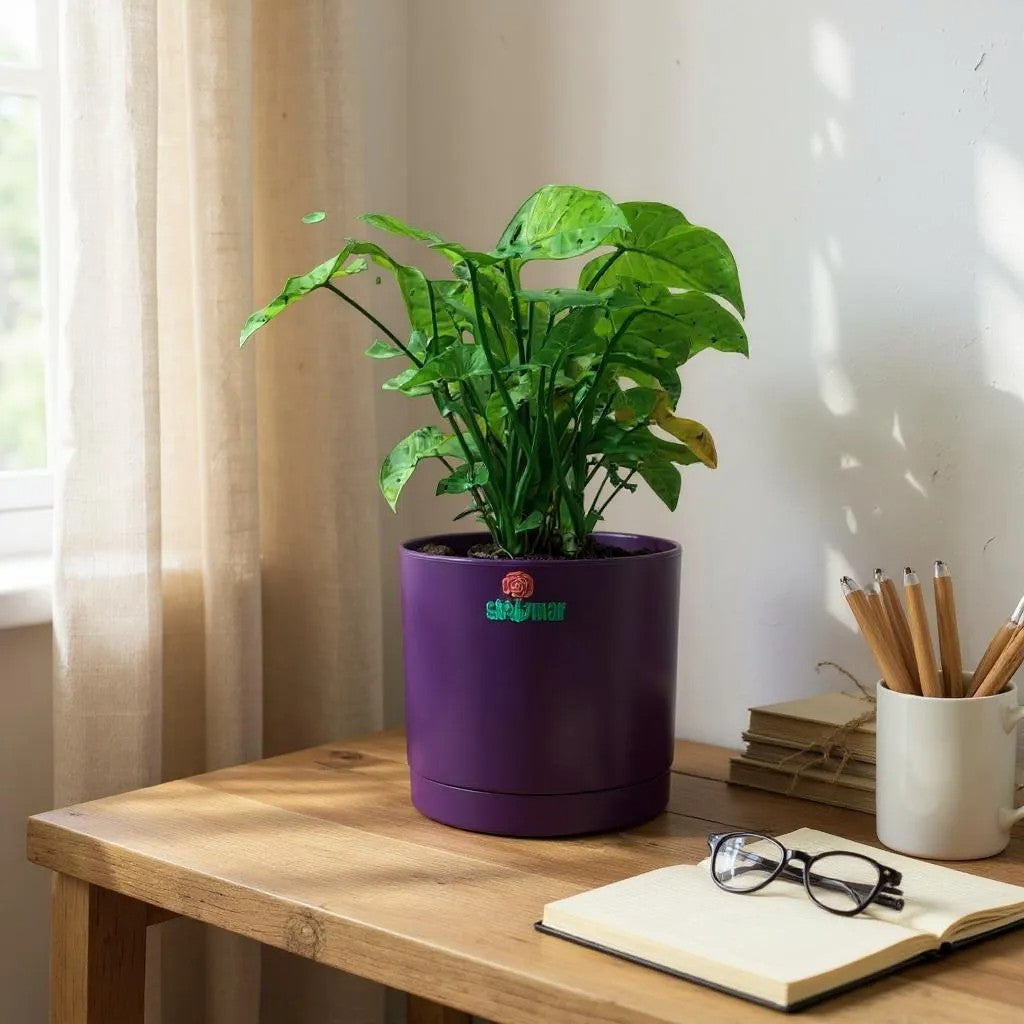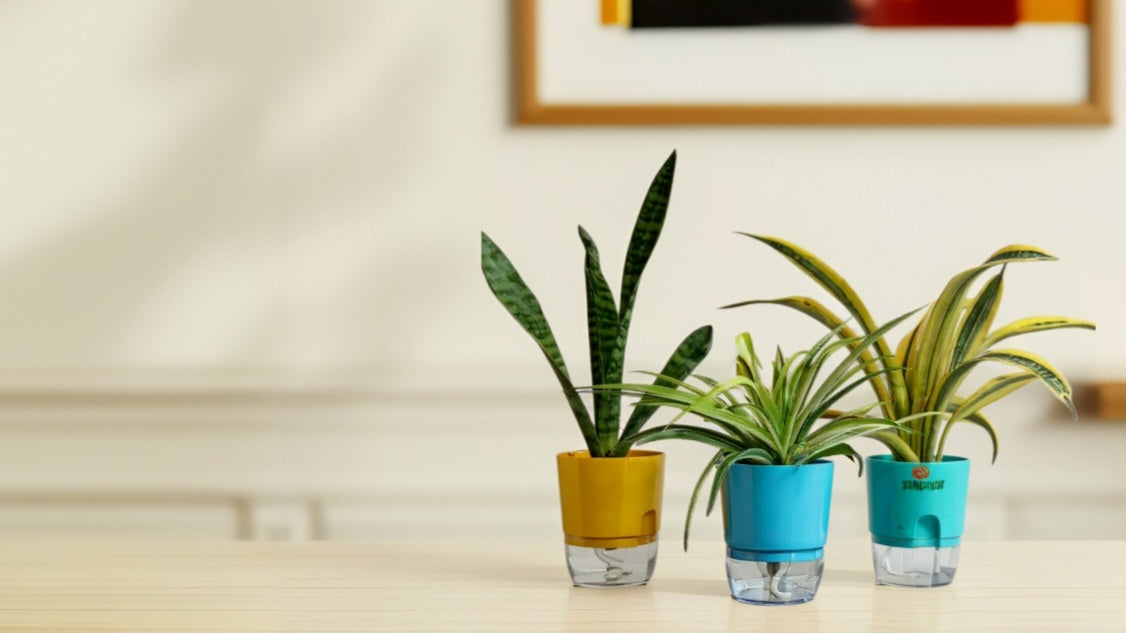Exellent
4.5/5
Snake Plant
Snake Plant
Size: 8-12in. plant size
Selling Fast, Only 5 items left in stock.
⭐⭐⭐⭐⭐
“My plants were really beautiful and delivered with care. They provided exactly what I asked”
Description & Care Guide
Description & Care Guide
🌿 Care Guide
Plant Name: Snake Plant
Botanical Name: Sansevieria trifasciata
Common Names: Mother-in-Law’s Tongue, Viper’s Bowstring Hemp
Origin: West Africa
🌞 Light
Tolerates low to bright indirect light. Thrives best in medium to bright filtered light. Avoid harsh direct sun to prevent leaf scorch.
💧 Watering
Water only when the soil is completely dry—usually every 2–3 weeks. Water even less in winter. Avoid letting the plant sit in water.
🌡️ Temperature
Prefers temperatures between 60–85°F (16–29°C). Protect from cold drafts and do not expose to temperatures below 50°F (10°C).
🌱 Soil
Use a well-draining cactus or succulent mix. Ensure the pot has a drainage hole to prevent root rot.
✂️ Maintenance
Very low-maintenance. Wipe leaves to remove dust. Repot every few years or when rootbound.
⚠️ Sad Plant Signs
🟡 Yellow leaves – Overwatering or poor drainage.
🟤 Crispy tips – Underwatering or dry air.
📉 Droopy or soft leaves – Root rot from excess moisture.
Where should I keep my Sansevieria plant?
Sansevieria grows well in bright, indirect light but is also one of the best plants for low-light spaces like corners, hallways, or bedrooms. Avoid harsh direct sunlight to prevent leaf burn.
How often should I water the Snake Plant?
Water only when the soil is completely dry. In general, every 2–3 weeks is enough. In winter, water less frequently. Overwatering is the main cause of root rot.
Why are my Sansevieria leaves turning soft or yellow?
This usually indicates overwatering or poor drainage. Let the soil dry out, and consider repotting if roots are sitting in soggy soil. Trim any damaged leaves.
My plant arrived with a few bent or bruised leaves. Is that normal?
Minor damage during shipping is normal and doesn’t harm the plant's health. You can trim off bent leaves, and new growth will emerge from the center.
How fast does Sansevieria grow?
It’s a slow-growing plant, especially in low light. You’ll see more growth in spring and summer with bright, indirect light and occasional feeding.
Do I need to fertilize my Sansevieria?
Fertilize only during the growing season (spring/summer) using a mild liquid houseplant fertilizer once a month. Avoid fertilizing in winter.
Can it survive in air-conditioned rooms?
Yes! Snake Plants are very tolerant of temperature fluctuations and can handle both AC and low humidity. Just avoid cold drafts or direct airflow.



